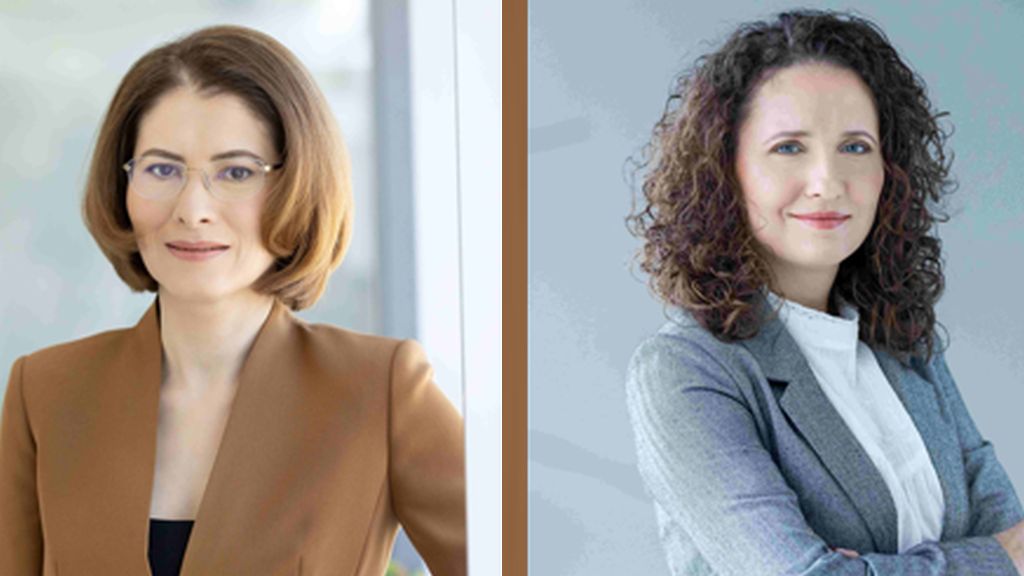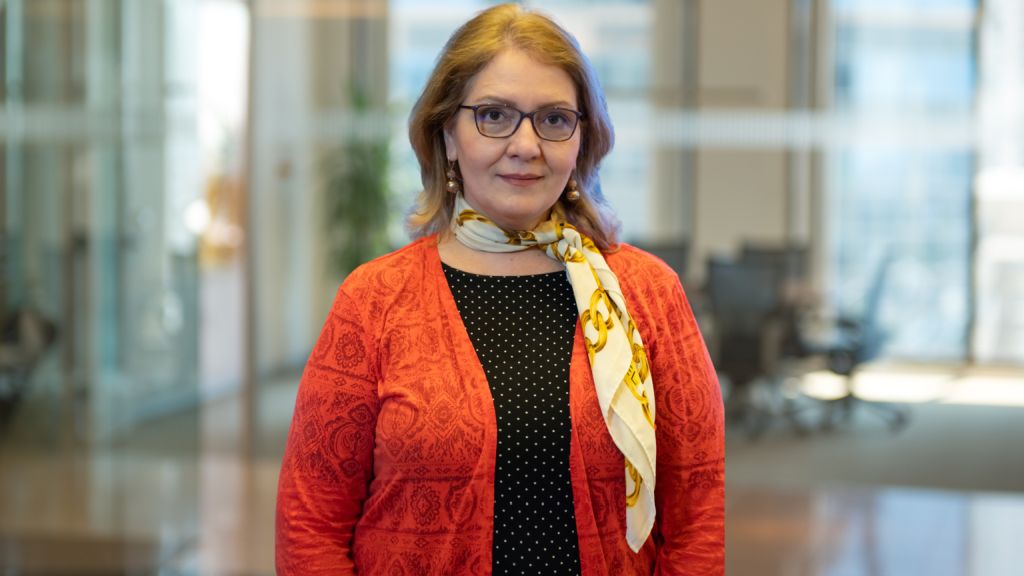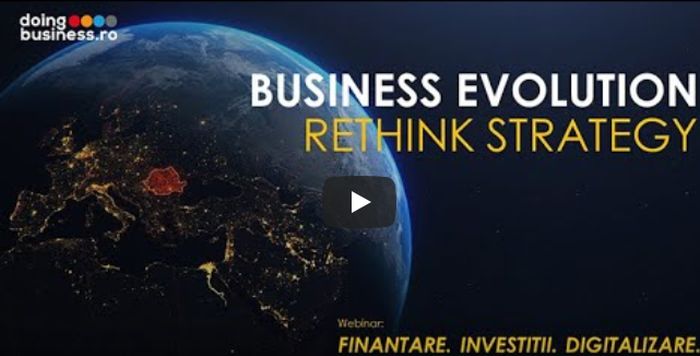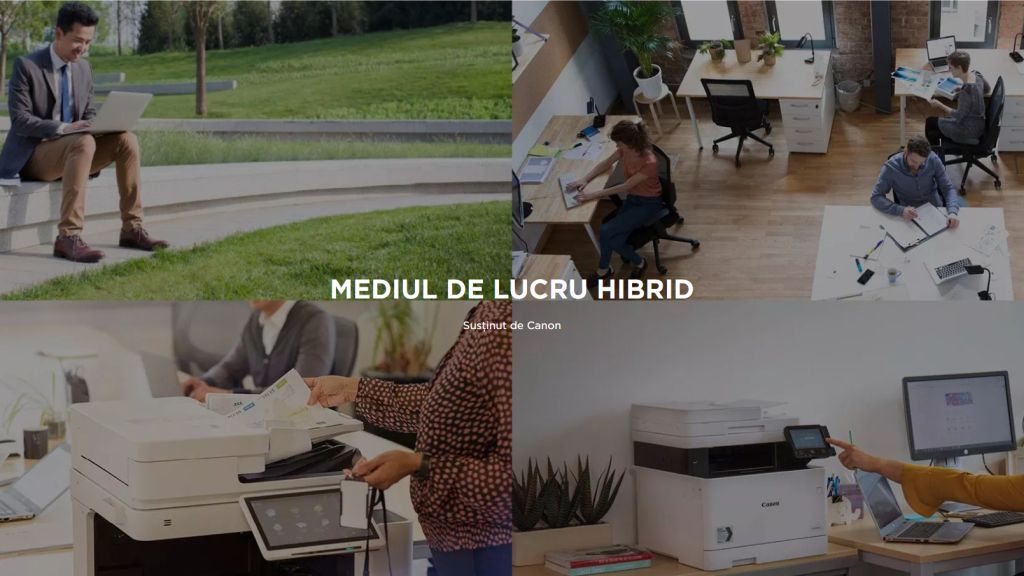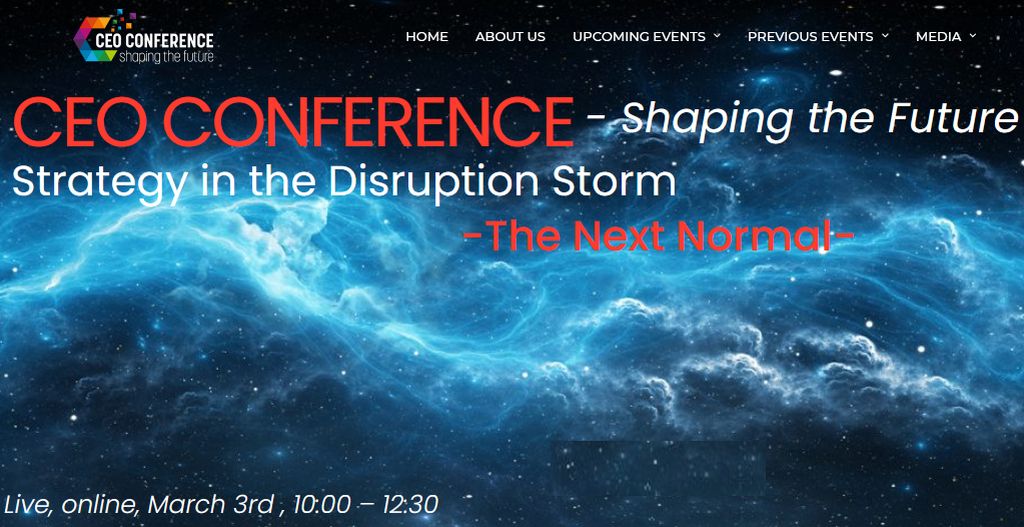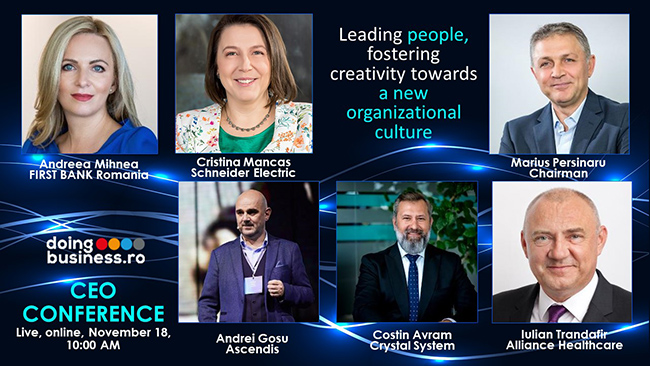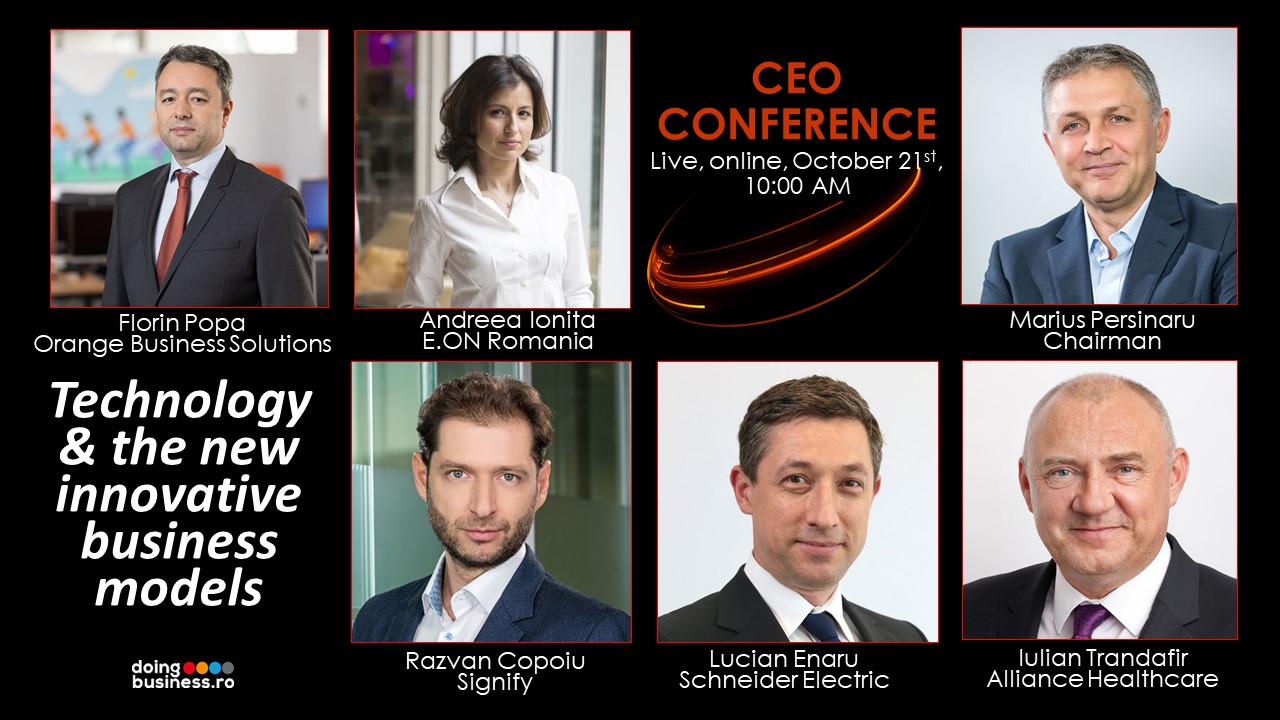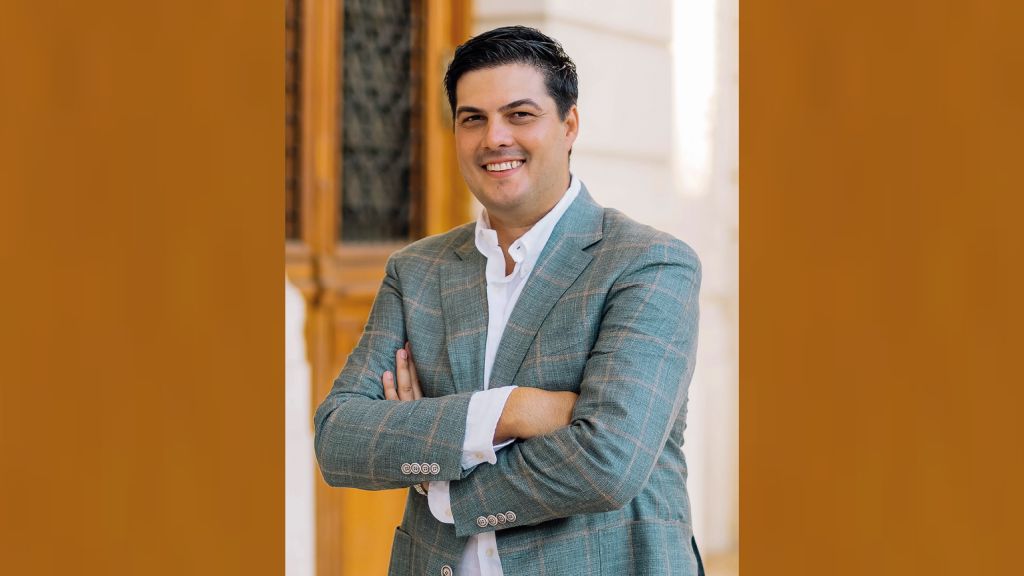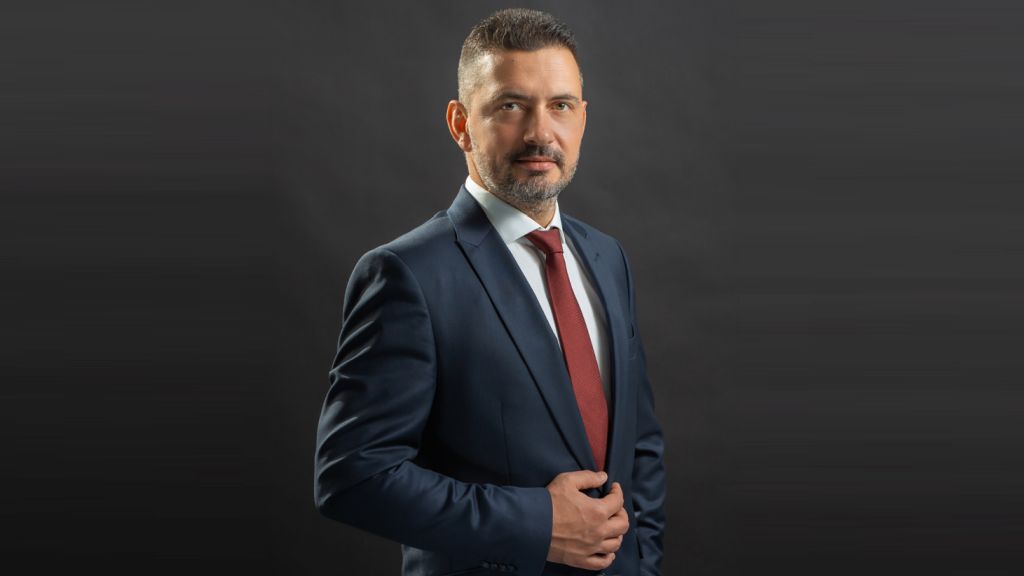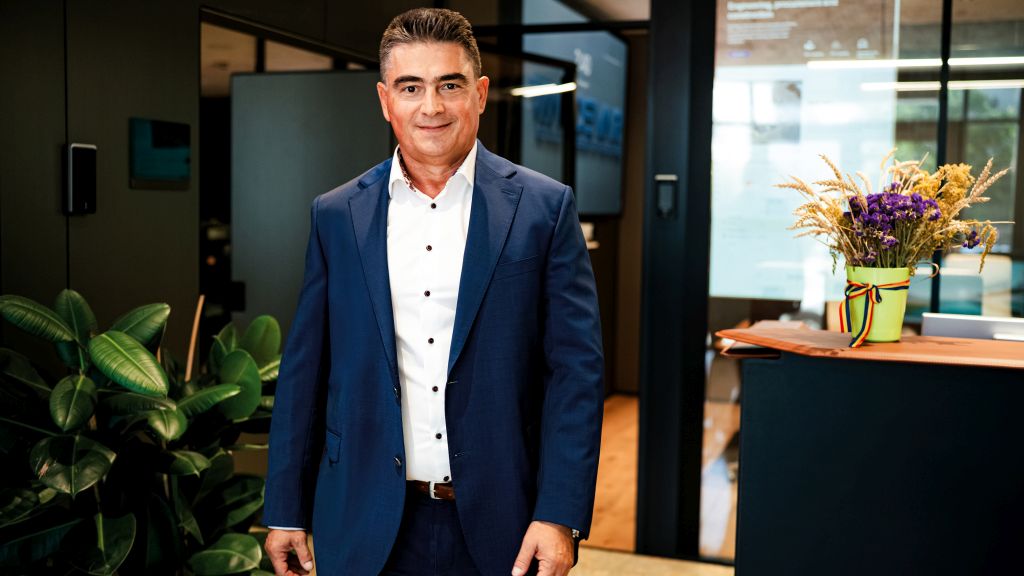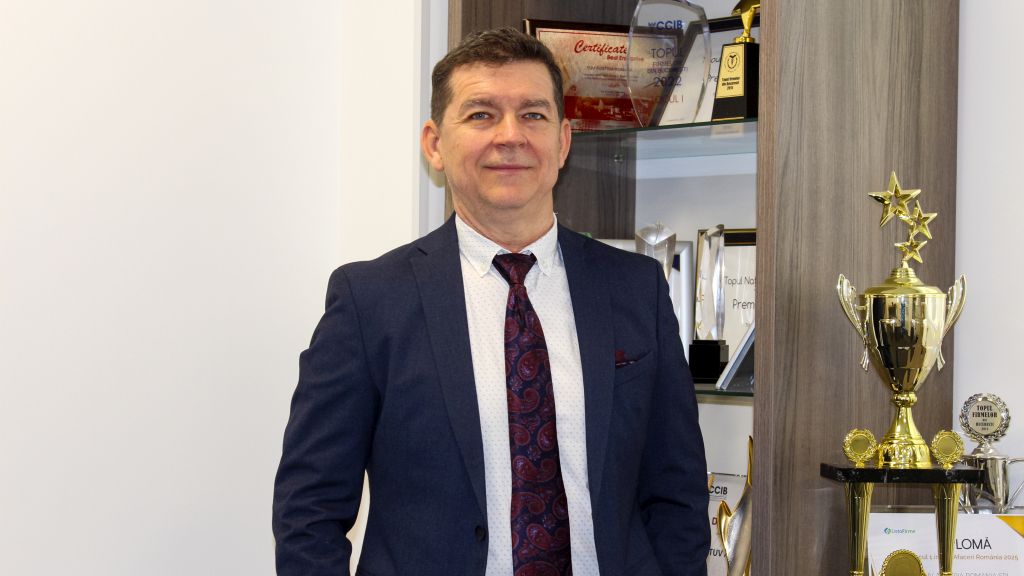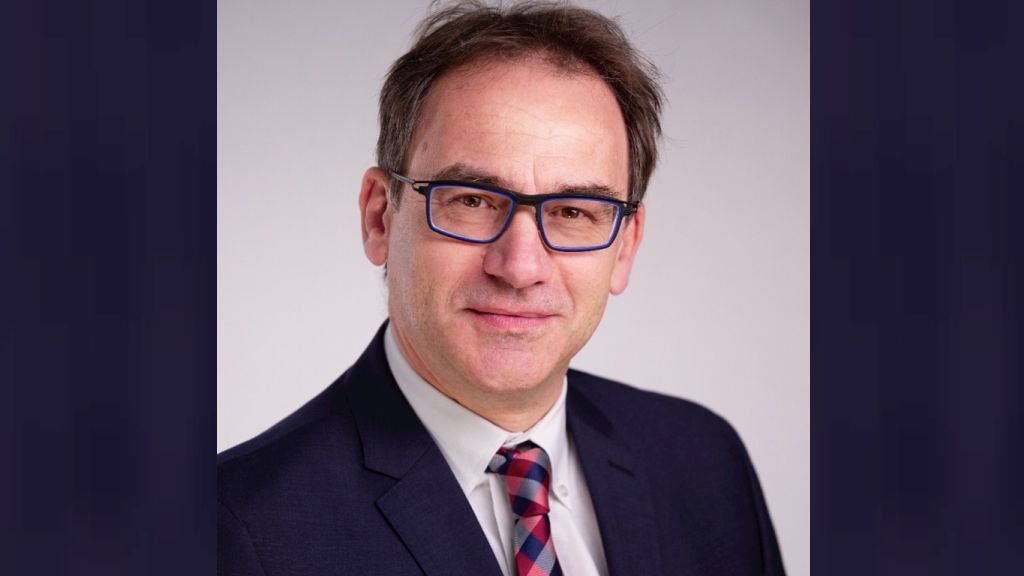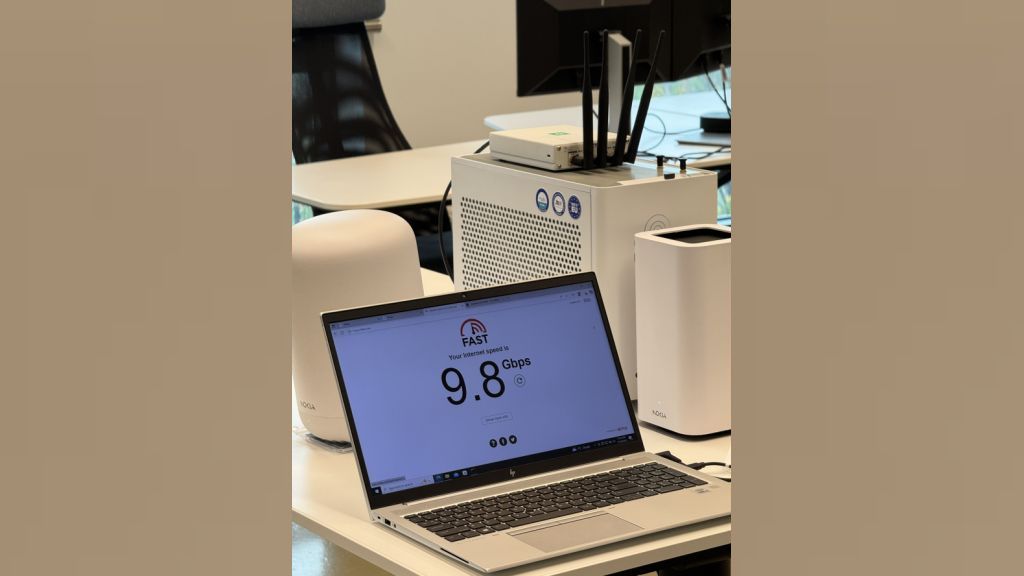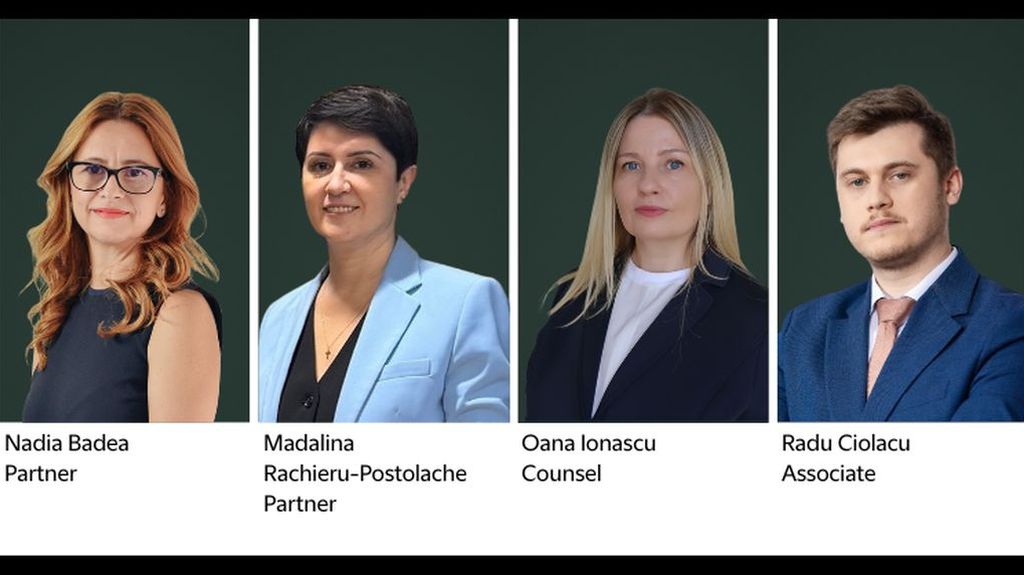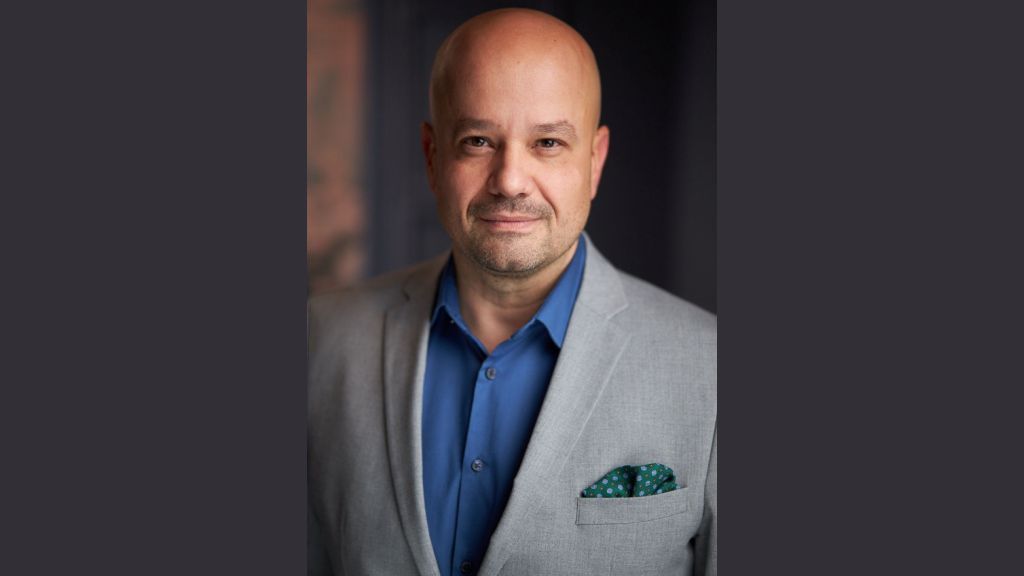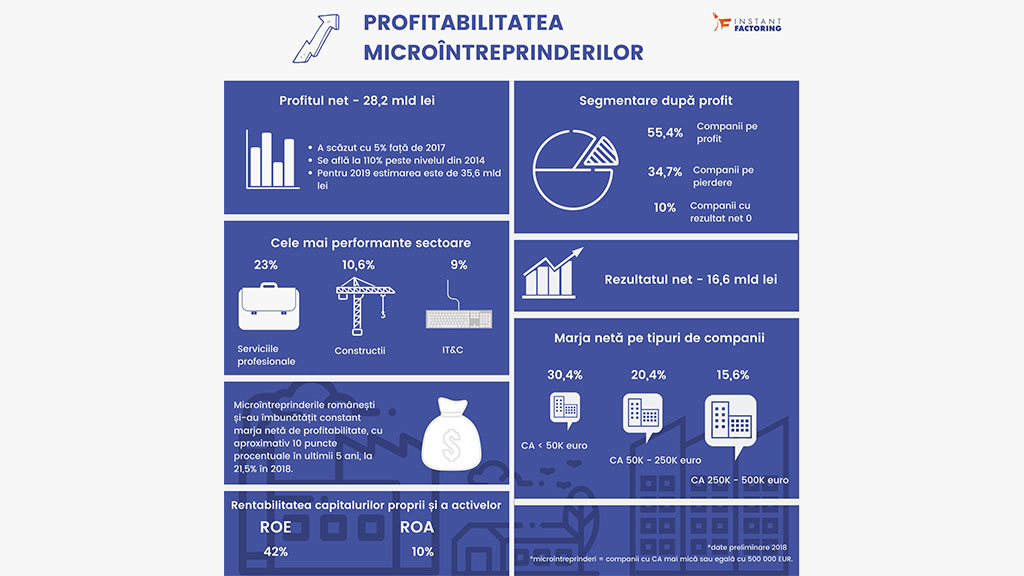An imperative to act: seizing first-mover advantage as confidence returns
Expectations for global economic growth, corporate earnings and credit availability are at some of their highest levels in two years. Normally, this positive sentiment would translate into significant capital investment and M&A activity.
However, our respondents are gravitating toward lower-risk value-creation and growth strategies, including organic growth, smaller bolt-on acquisitions, optimizing capital structure, strategic divestments and more rigorous cost control and operational efficiency.
The current situation can best be described as a confidence paradox — a disconnect between confidence and M&A activity. Pre-financial crisis, economic sentiment and M&A activity moved in harmony. However, in the “new normal” economy, these indicators are decoupled. Macroeconomic risks, such as the Eurozone crisis, US sequestration and fiscal policy challenges alongside slowing emerging markets growth, have given companies pause. Consequently, some of the world’s richest and most mature economies, which would be expected to lead a recovery, lack confidence within their borders, lowering appetite for capital investment worldwide. But companies must not allow risk aversion to become the risk itself.
Key findings
- 51% think the global economy is improving, up from 22% six months ago.
- 52% of companies focused on growth, up from 41% in October 2012.
- 49% view credit availability as improving.
- 72% expect global M&A volumes to improve; 29% expect to do a deal in the next 12 months.
- 44% expect valuations to rise in the next 12 months.
"We may be at an inflection point: valuation levels and sentiment suggest there is awindow of opportunity to seize first-mover advantage in a market gaining momentum. History shows that first movers in any economic cycle can create differential value and position themselves for sustained market leadership. Now is the time to invest and grow forward."
Author: Pip McCrostie, Global Vice Chair, Transaction Advisory Services
Find the complete study in the attached pdf document






